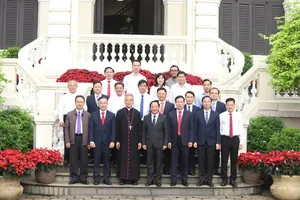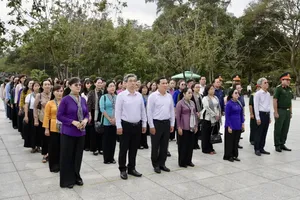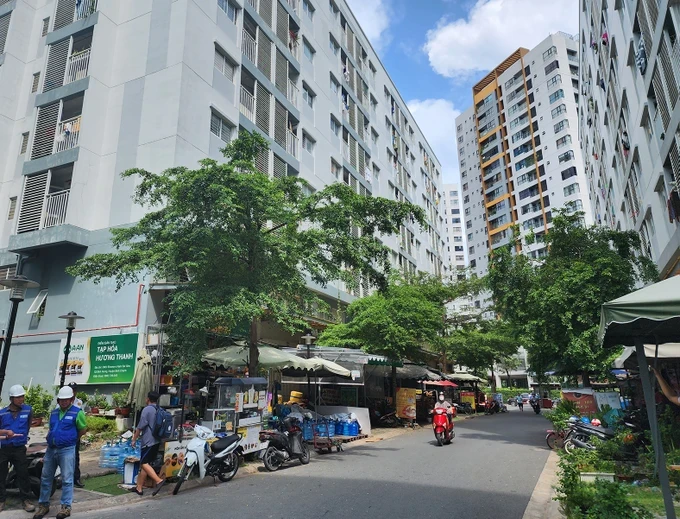
Among the 36 unfinished social housing projects, six are under construction, and the rest have their legal procedures finished. By 2025, HCMC will have completed another 13 projects to provide about 12,000 apartments.
The Construction Department of HCMC explained this tardiness, saying that there is much trouble attracting investors in these social housing projects as well as identifying the best ways to exploit the 20-percent land resource allocated to this purpose in commercial housing projects.
Experts in the field commented that this common issue in large cities like Hanoi or HCMC is because social housing projects have their aim wrongly identified right at the beginning.
In other words, it is rather challenging for workers in industrial parks or export processing zones to buy or rent an apartment in social housing areas nearby owing to their low income. They would rather rent a room to live.
Also, in HCMC, many laborers satisfy all requirements to buy an apartment in social housing areas but cannot afford to spend VND7-8 million (US$276 – 315) a month (principal and interest) purchasing such an apartment. A policy to rent an apartment at a price of VND4-5 million ($158 – 197) a month would be a more sensible option to low-income worker households.
The State should offer both apartments for rent and for purchase, with clear planning. This is because even with preferential loan interest rates, many people still struggle to afford social housing. Rented apartments at that time can satisfy accommodation needs of these low-income laborers in crowded cities that have several industrial parks. It would simultaneously increase the effectiveness of land use.
Among one million apartments in the social housing program of the Government in the 2021-2030 period, functional agencies have to clearly identify the proportions of those for rent and for purchase based on the socio-economic development planning of each locality, including surveys on accommodation demands, average income, and affordability of people buying and renting social housing.
In related news, the HCMC Department of Natural Resources and Environment has just sent the municipal People’s Committee a report, along with a draft decision to approve the project ‘Solutions to Address Problems in Determining Specific Land Prices in HCMC’.
According to this Department, there are about 200 unprocessed documents about identifying specific land prices in the city. These include the papers for first-time fulfilment of financial obligations and the ones for additional fulfilment due to new obligations after state units change the architecture planning.
Statistics reveal that about 80,000 land lots and apartments have not been granted a certificate owing to the inability to precisely determine specific land prices for related land users to fulfill their financial obligations.
The HCMC Natural Resources and Environment Department shared that identifying specific land prices is the foundation for project investors to fulfill their financial obligations related to land, followed by consideration of functional agencies to issue a land use right certificate and house ownership certificate.
Lately, after certain land lots have their price clearly determined, nearly 110,000 certificates have been issued, with an annual average of 13,000 pieces.

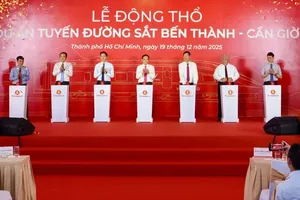



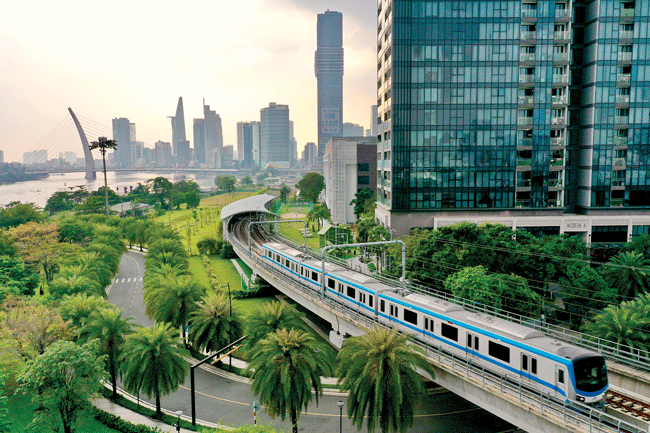
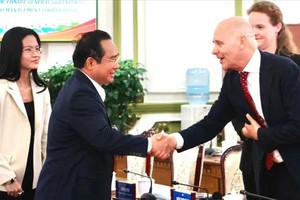


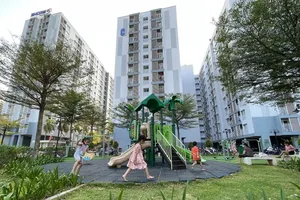
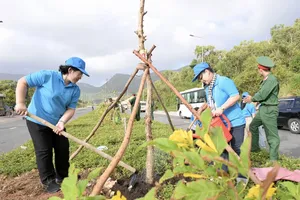
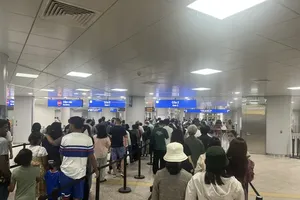
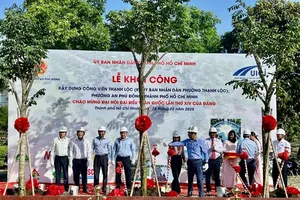
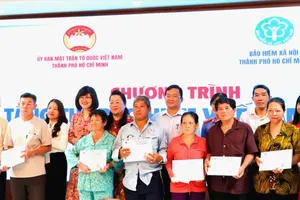
)

